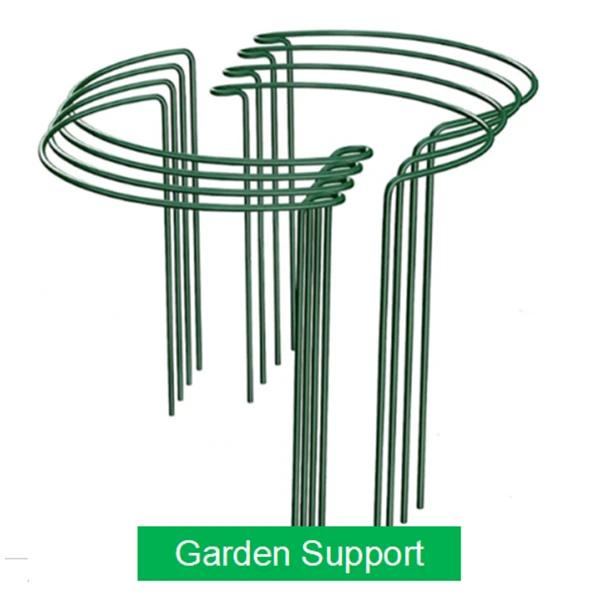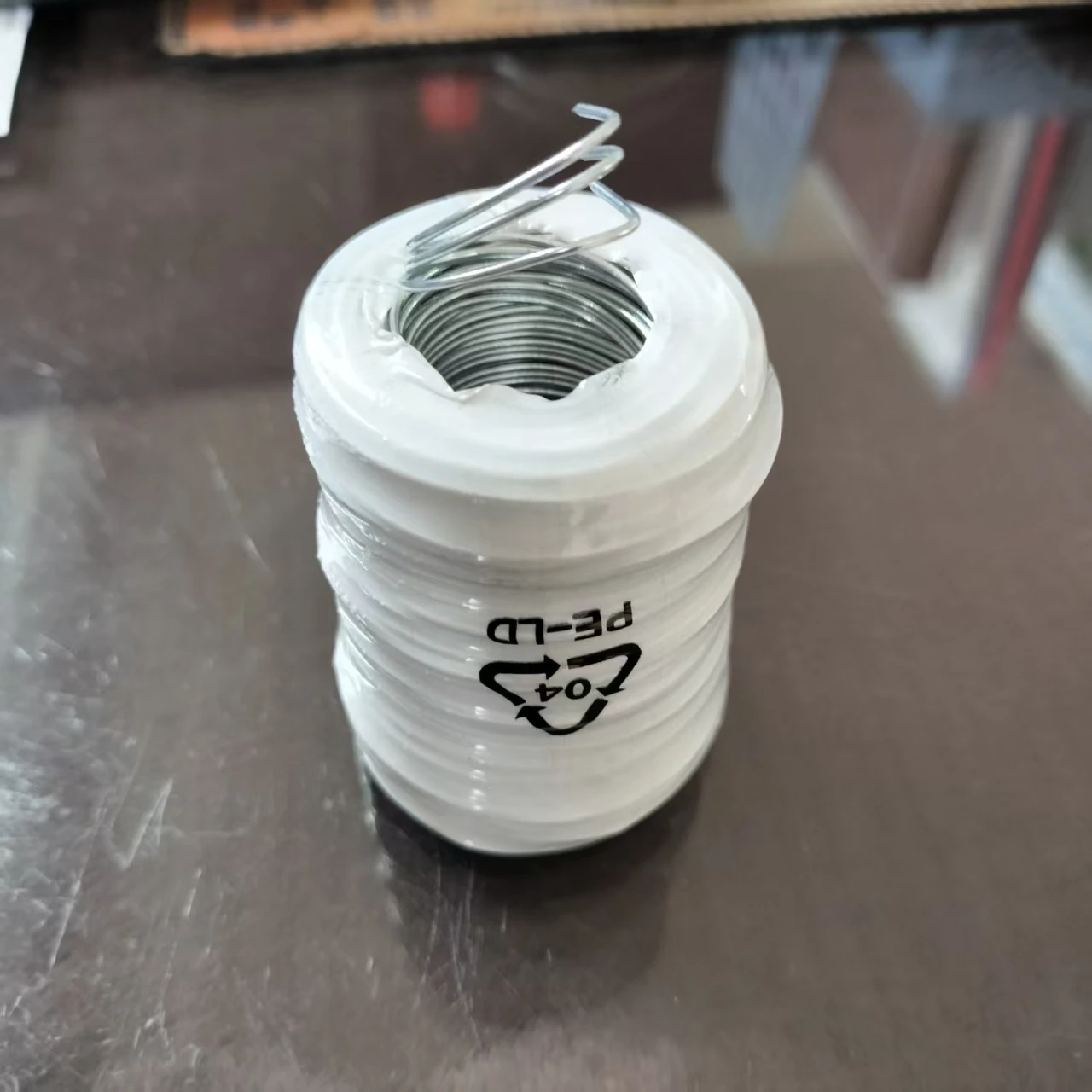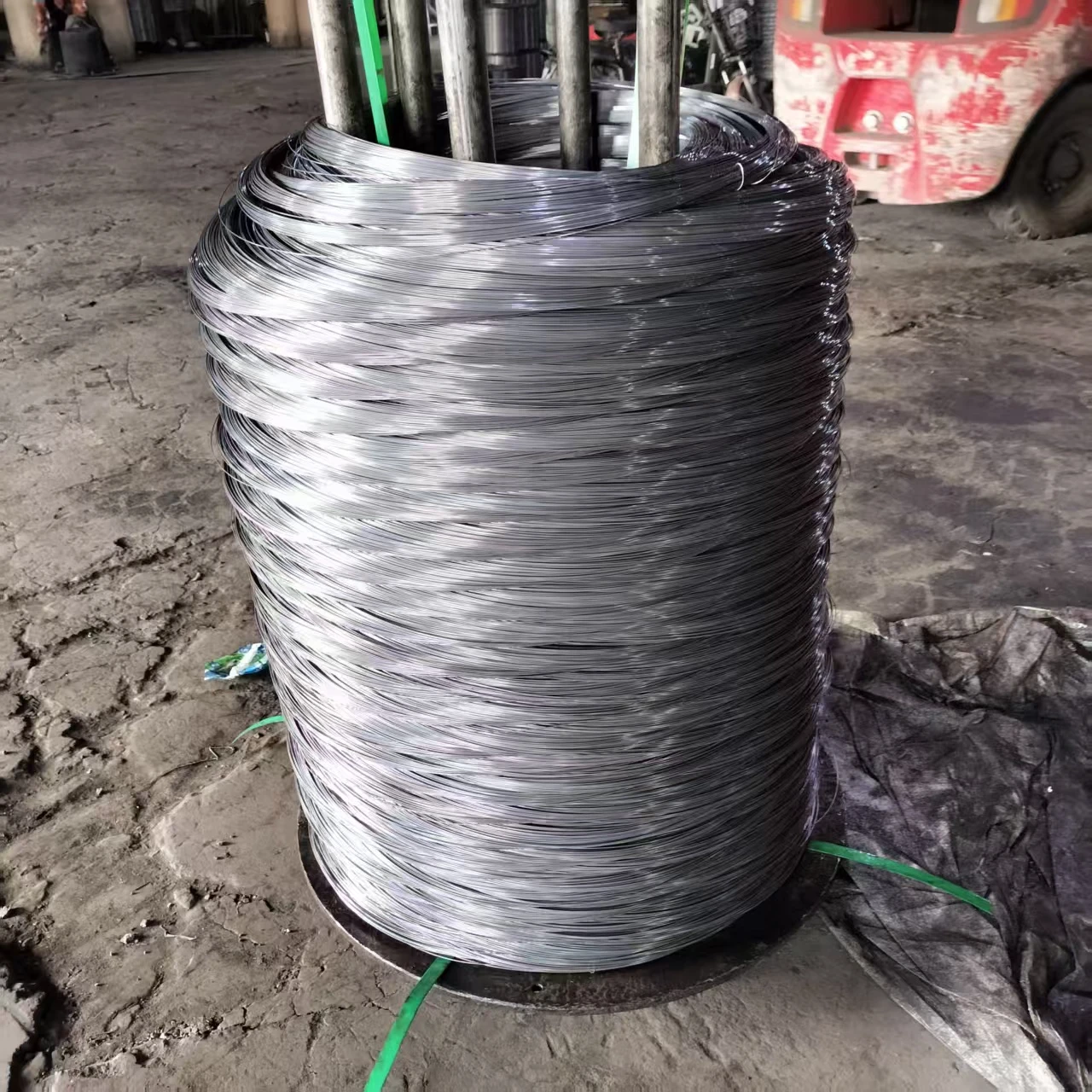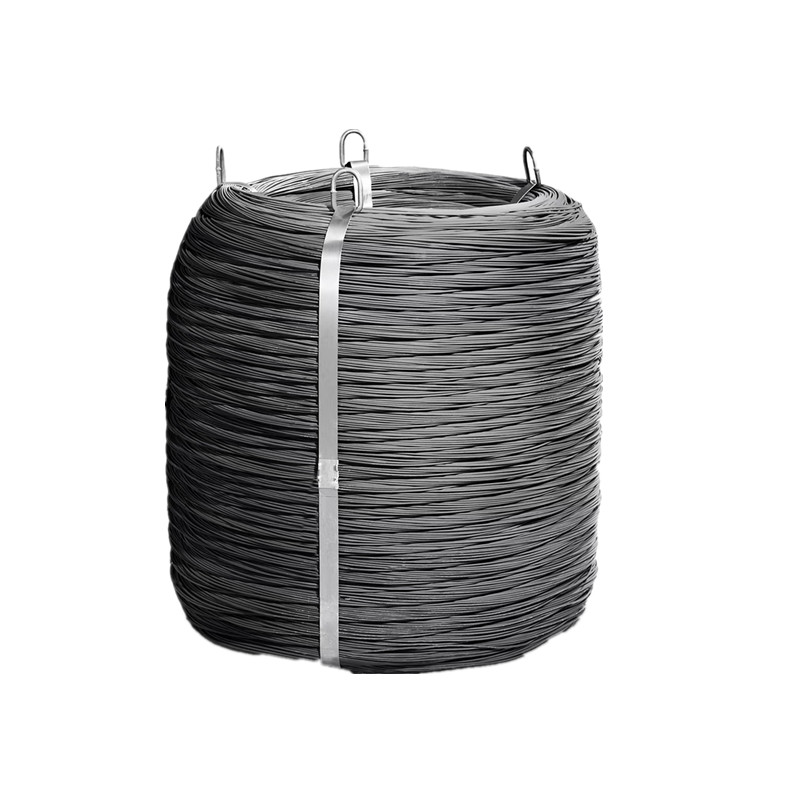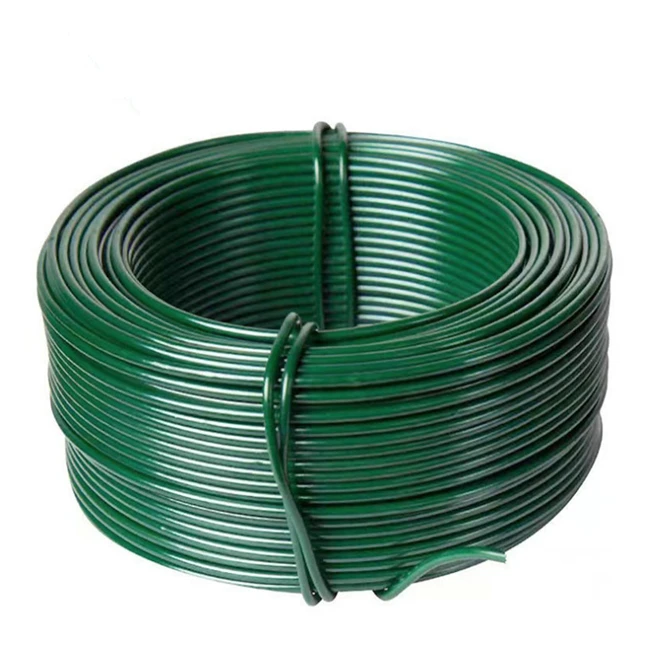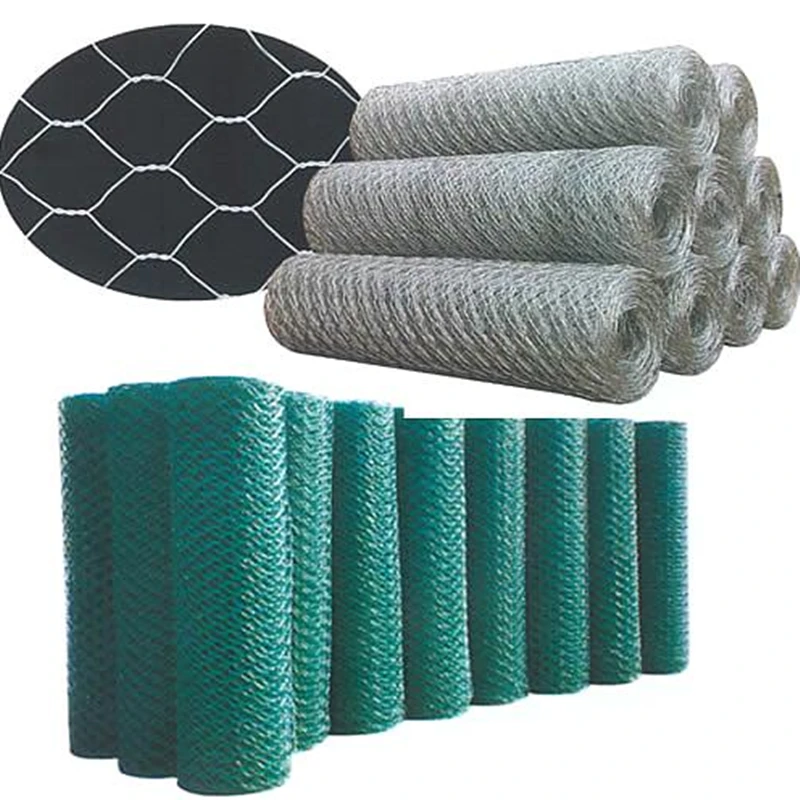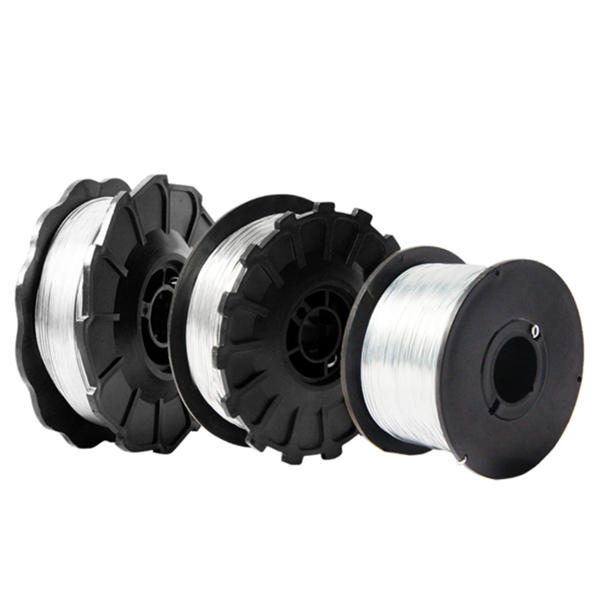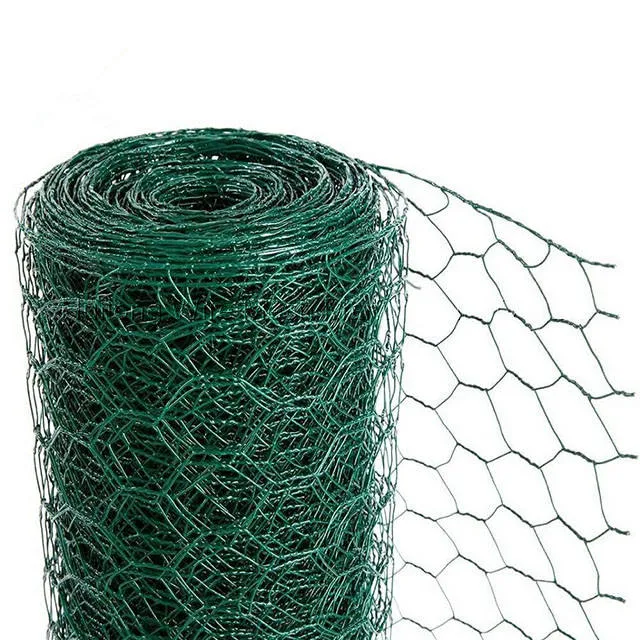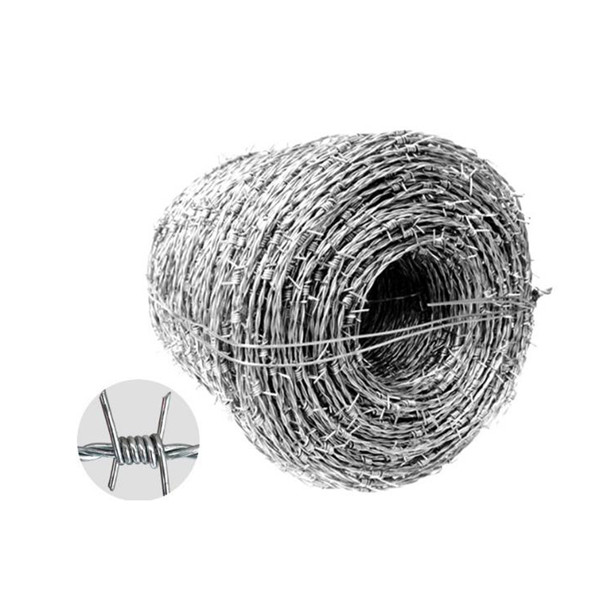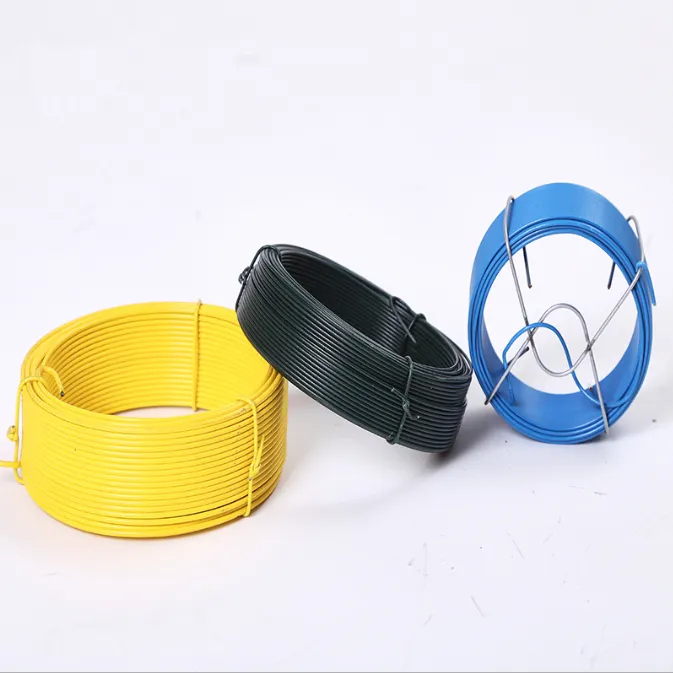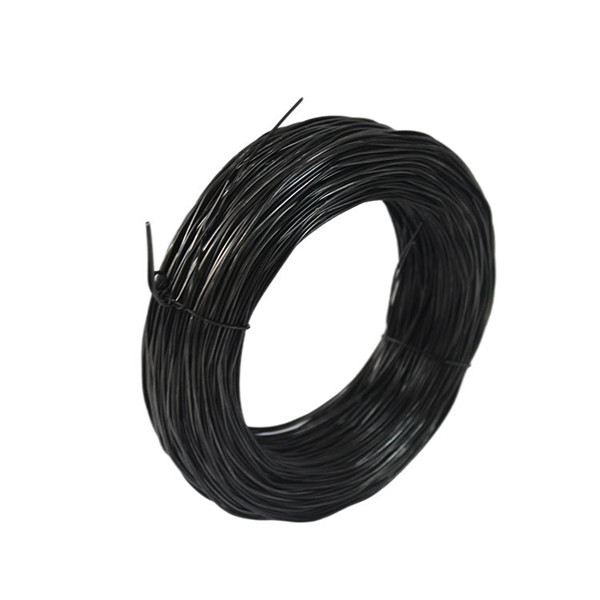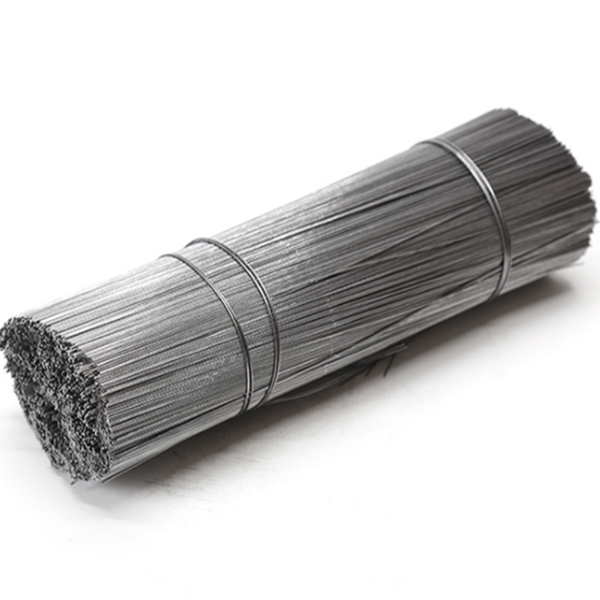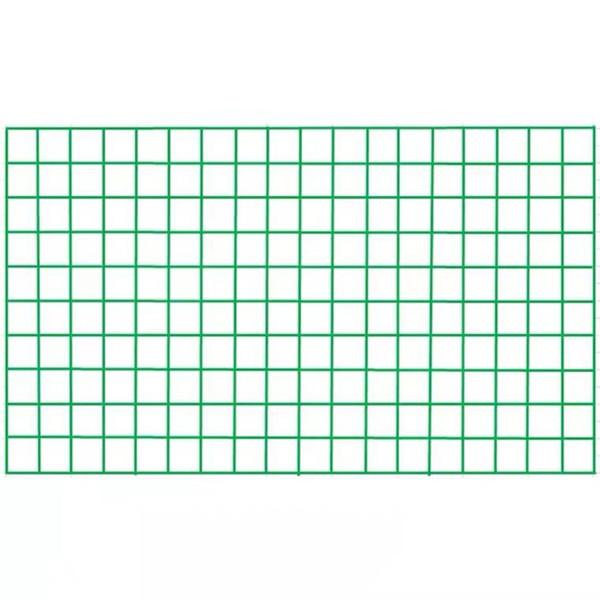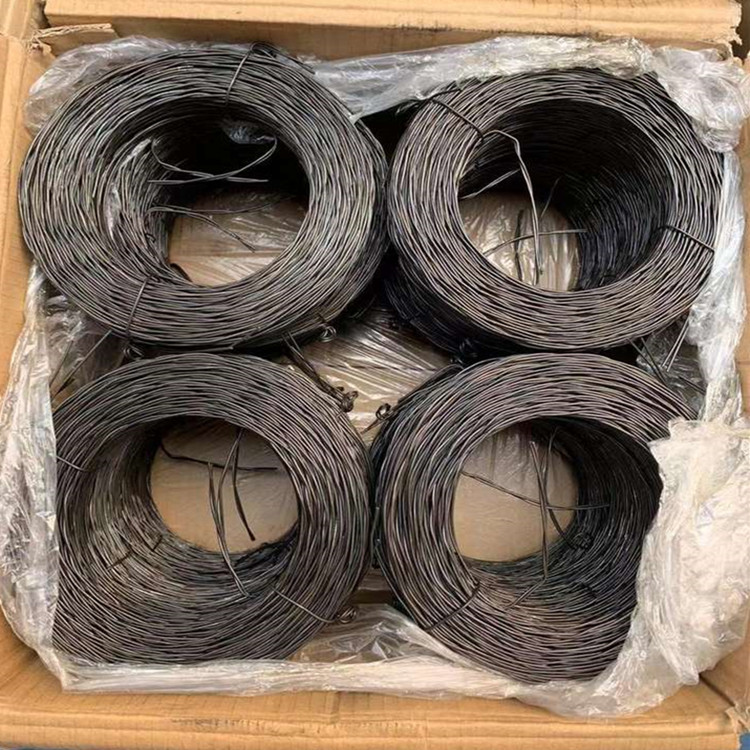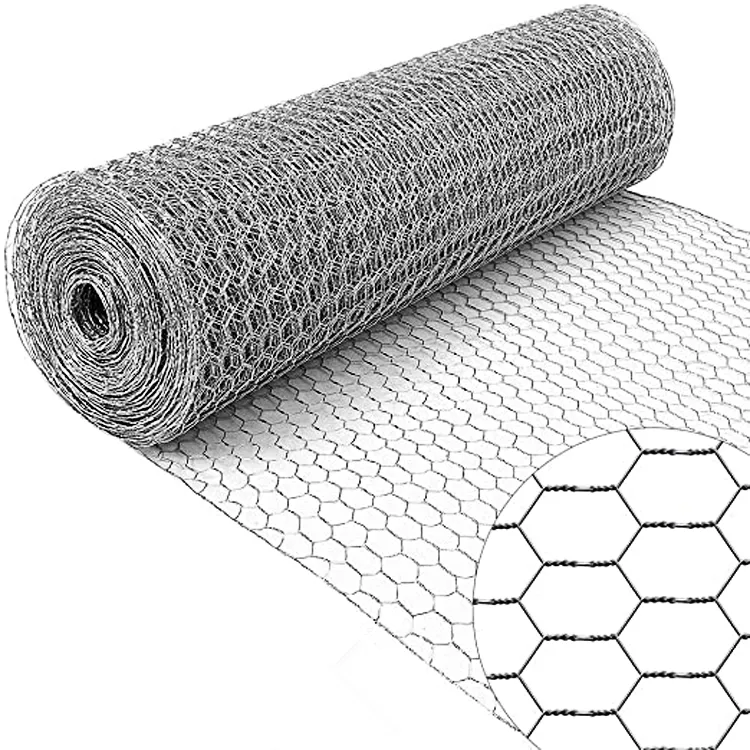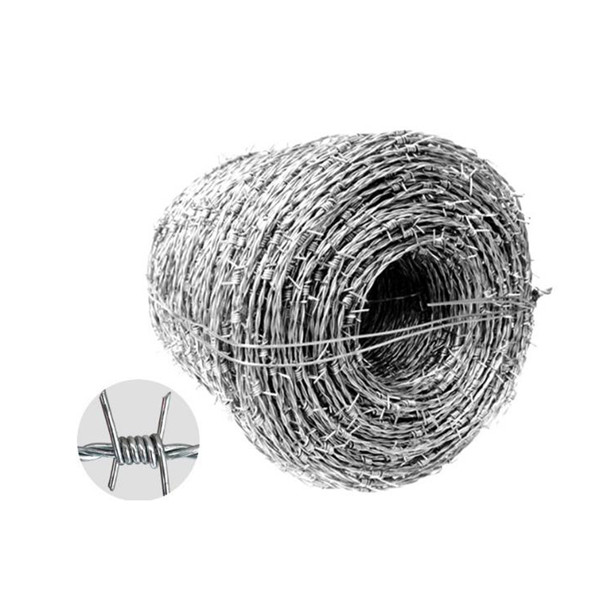- Overview of Welded Wire Fabric in Modern Construction
- Technical Advantages Over Traditional Reinforcement Methods
- Performance Comparison: Leading Manufacturers
- Tailored Solutions for Specific Project Requirements
- Case Studies: Real-World Applications and Results
- Installation Best Practices and Cost Efficiency
- Future Trends in Welded Wire Fabric Reinforcement
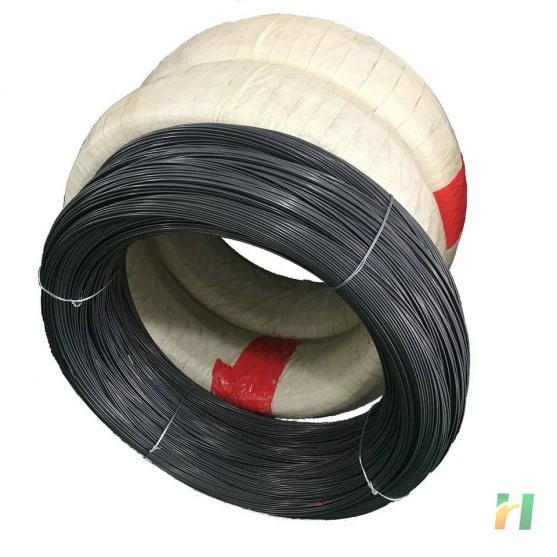
(welded wire fabric concrete reinforcement)
Welded Wire Fabric Concrete Reinforcement: The Backbone of Structural Integrity
In contemporary construction, welded wire fabric (WWF) has become indispensable for reinforcing concrete slabs and structures. Engineered from high-tensile steel wires arranged in orthogonal grids and electrically welded at intersections, this material enhances load distribution while minimizing cracking. According to ASTM A185 specifications, WWF provides 60,000-80,000 PSI yield strength, outperforming traditional rebar in thin concrete applications by 22% based on independent stress tests.
Technical Superiority in Reinforcement Systems
WWF demonstrates three critical advantages:
- • 40% faster installation than hand-tied rebar grids
- • Uniform stress distribution reducing shrinkage cracks by 35-50%
- • 18% material savings through optimized wire spacing configurations
Field measurements show WWF-reinforced slabs withstand 12-15% higher point loads before initial cracking compared to conventional methods.
Manufacturer Comparison Analysis
| Brand | Tensile Strength (PSI) | Coating Type | Price/Sqft ($) |
|---|---|---|---|
| ConcreteGrid Pro | 82,500 | Epoxy Fusion | 1.45 |
| SteelMesh Ultra | 78,000 | Galvanized | 1.32 |
| RebarMaster WWF | 75,500 | PVC Coated | 1.28 |
Customization for Diverse Construction Needs
Advanced manufacturers now offer:
- 1. Variable wire diameters (3mm-12mm)
- 2. Custom grid patterns (50x50mm to 300x300mm)
- 3. Specialty coatings for corrosive environments
Project-specific solutions can reduce material waste by up to 25% while maintaining IBC 2021 compliance.
Documented Success in Major Projects
A recent 120,000 sqft warehouse project demonstrated:
- • 18% faster slab completion vs. scheduled timeline
- • 0.12mm maximum crack width (below ACI 302.1 limits)
- • $3.20/sft overall reinforcement cost
Optimizing Installation and Long-Term Value
Proper WWF placement requires:
- • Maintaining 25-40mm concrete cover
- • Using ISO 9001-certified support chairs
- • Implementing laser-guided alignment systems
Lifecycle cost analysis shows 15-year maintenance savings of $4.70/sft compared to alternative reinforcement methods.
Innovations in Welded Wire Fabric Concrete Solutions
The industry is moving toward smart WWF systems with embedded sensors that monitor structural health in real-time. Early adopters report 30% reduction in inspection costs and 92% predictive accuracy for maintenance needs. These advancements position welded wire fabric as the cornerstone technology for next-generation concrete reinforcement.
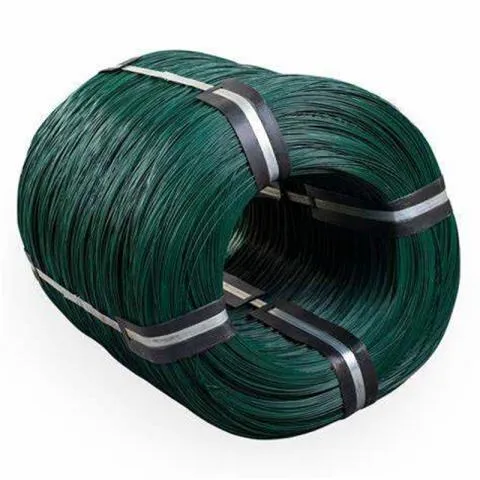
(welded wire fabric concrete reinforcement)
FAQS on welded wire fabric concrete reinforcement
Q: What is welded wire fabric concrete reinforcement used for?
A: Welded wire fabric concrete reinforcement provides structural strength to concrete elements like slabs, walls, and pavements. It minimizes cracking and improves load distribution. It is commonly prefabricated for easy installation.
Q: Why choose welded wire fabric for concrete slabs?
A: Welded wire fabric for concrete slabs offers uniform reinforcement, reduces labor costs, and speeds up construction. Its grid pattern ensures consistent support across the slab. It also resists shrinkage cracks effectively.
Q: How is concrete welded wire fabric sized and specified?
A: Concrete welded wire fabric is specified by grid spacing (e.g., 6"x6") and wire gauge (e.g., W16 or D12). Sizes vary based on load requirements and slab thickness. Manufacturers label products using standardized codes like WWF or WWM.
Q: Can welded wire fabric replace rebar in concrete reinforcement?
A: Welded wire fabric can replace rebar in light to moderate load applications like residential slabs. It’s less suitable for heavy structural loads requiring thicker rebar. Engineers determine suitability based on project specifications.
Q: What are the installation tips for welded wire fabric in concrete?
A: Ensure proper overlap (typically 6-12 inches) and secure fabric with chairs to maintain mid-slab positioning. Trim edges to fit formwork without protruding. Inspect for alignment before pouring concrete.




